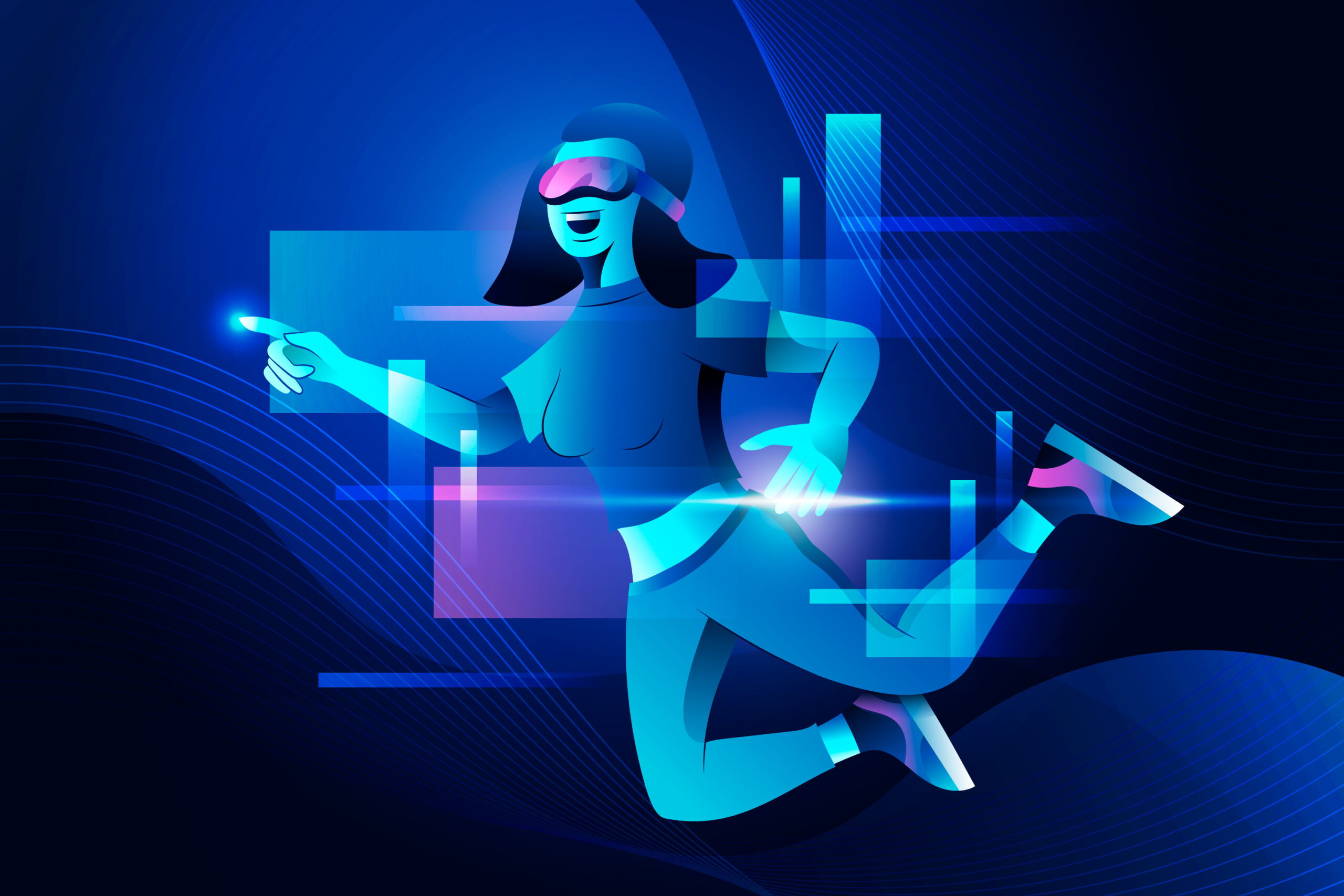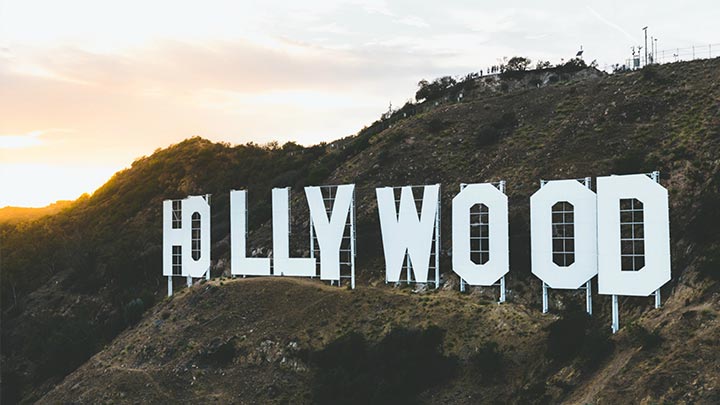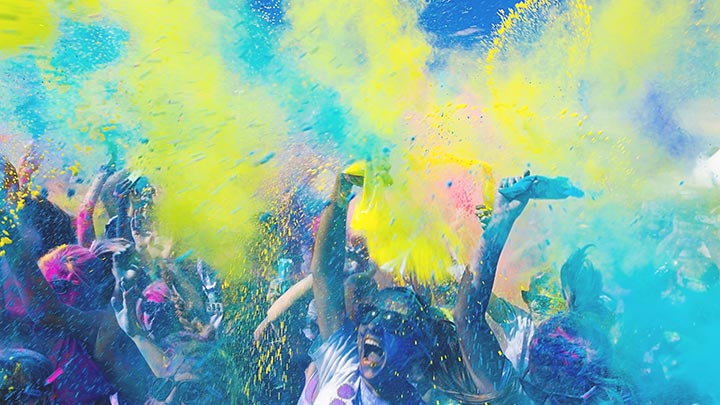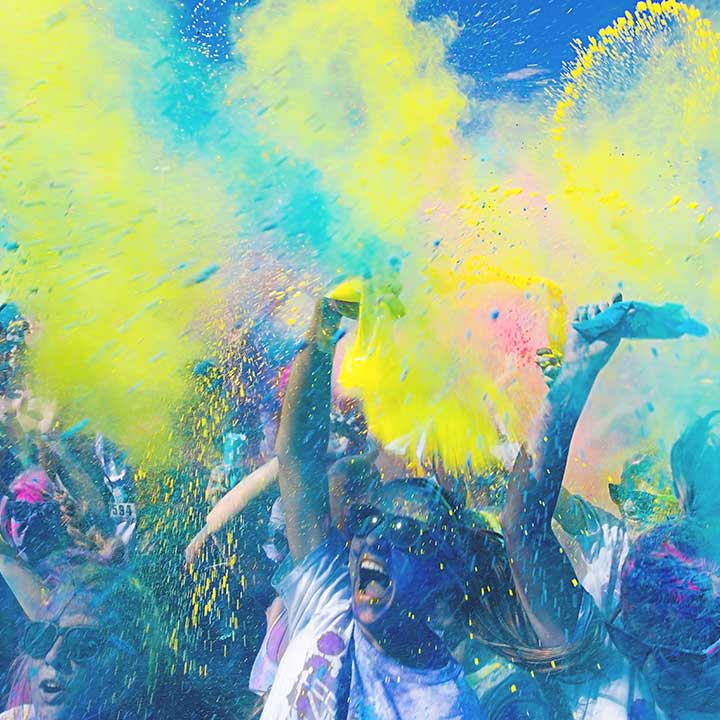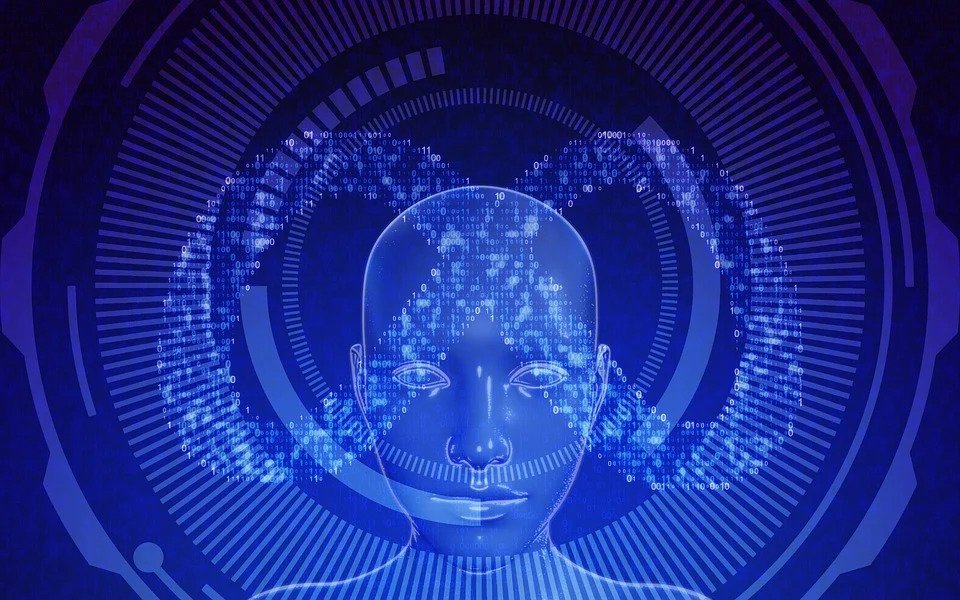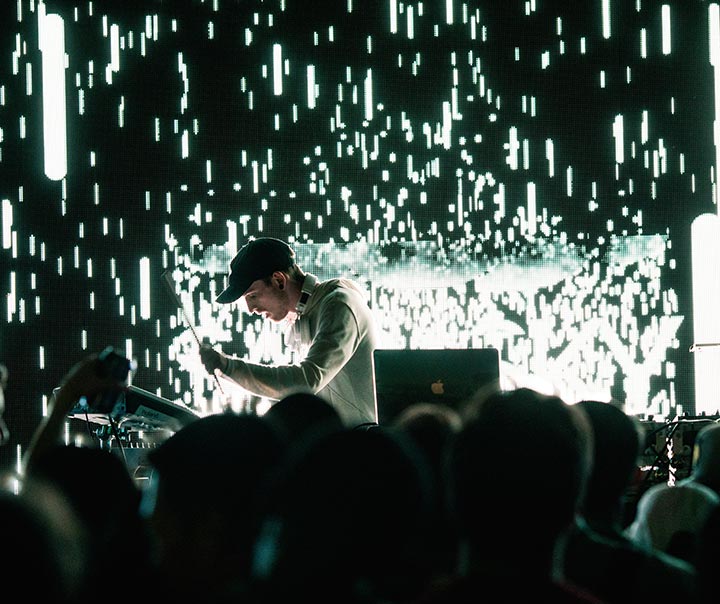Technology
NFT Game Development: Collaborating with Artists and Designers to Create Unique Gaming Experiences
by Author
-
Friday, October 13, 2023
95 Views
The world of gaming is evolving rapidly, and Non-Fungible Tokens (NFTs) have emerged as a transformative force, reshaping how we interact with virtual worlds. NFT game development is at the forefront of this revolution, and a significant aspect of creating unique gaming experiences involves collaborating with talented artists and designers.
In this blog, we’ll explore how NFT game development company work closely with artists and designers to craft one-of-a-kind virtual worlds.
The Power of NFTs in Gaming
Non-Fungible Tokens (NFTs) are cryptographic tokens that represent ownership of unique digital assets. NFTs are indivisible and backed by blockchain technology, ensuring the authenticity and scarcity of in-game items. These tokens have introduced new possibilities and dimensions in the world of gaming.
Key Features of NFTs in Gaming
Ownership and Scarcity:
NFTs enable true ownership of in-game assets, making them scarce and valuable.
Interoperability:
NFTs can be used across different games and platforms, fostering a cross-game ecosystem.
Play-to-Earn:
Gamers can earn real value by trading in-game NFTs in marketplaces.
Unique Digital Collectibles:
NFTs can represent anything from in-game items and skins to virtual land and characters.
Collaboration with Artists and Designers
To create engaging and immersive gaming experiences, NFT game development companies partner with artists and designers who bring their creative vision to life. Here’s how this collaboration unfolds:
1. Artwork and Concept Creation
Artists play a crucial role in conceptualizing and creating the visual elements of the game. They design characters, environments, in-game items, and special effects. These visual elements are tokenized as NFTs, making them unique and valuable.
2. Design and User Experience
Designers focus on user experience (UX) and user interface (UI) to ensure that the game is visually appealing and easy to navigate. They make decisions that affect the look and feel of the game, enhancing player engagement.
3. Smart Contracts and Tokenization
Artists and designers work closely with developers to implement smart contracts that govern the creation, transfer, and ownership of NFTs within the game. This ensures that NFTs are securely integrated into the game’s ecosystem.
4. Lore and Storytelling
Artists often contribute to the game’s lore and storytelling by creating visual elements that align with the game’s narrative. This adds depth and immersion to the gaming experience.
Prominent NFT Game Development Companies Collaborating with Artists and Designers
Several NFT game development companies have set the standard for artist and designer collaborations, creating groundbreaking virtual worlds:
1. Axie Infinity
Axie Infinity is known for its vibrant and unique creature designs. Artists and designers have a significant role in shaping the appearance and characteristics of these Axies, which are NFTs themselves.
2. Decentraland
In Decentraland, artists and designers collaborate to design virtual real estate and create unique 3D environments. Players can build and customize their land parcels, making each one a unique piece of digital art.
3. The Sandbox
The Sandbox is all about user-generated content and collaboration. Artists and designers can create assets that are sold as NFTs and used by players to build their virtual worlds.
4. CryptoKitties
CryptoKitties, one of the first NFT games, relies heavily on art and design to create adorable and collectible digital cats. These unique, cute characters are highly sought after by collectors.
The Future of NFT Game Development and Artistic Collaboration
As NFT gaming continues to expand and evolve, the role of artists and designers in game development will become even more crucial. Here’s what the future holds:
1. Cross-Platform Integration
NFTs created by artists and designers could be used in multiple games, expanding their utility and creating a connected NFT gaming ecosystem.
2. Increased Monetization
Artists and designers will have more opportunities to monetize their creativity through NFT marketplaces and collaborations with game development companies.
3. Enhanced Virtual Realities
As virtual reality (VR) and augmented reality (AR) technologies continue to advance, artists and designers will have a larger canvas to create immersive virtual worlds.
4. Unique Collectibles
Artists will create unique NFTs that will draw collectors and gamers alike, as these NFTs become valuable digital collectibles.
Conclusion
NFT game development is redefining how we experience and interact with virtual worlds. The collaboration between NFT game development companies and talented artists and designers is at the heart of this transformation. With NFTs, gamers can truly own and trade in-game assets, and artists and designers have a platform to showcase their creativity and artistry. The future of NFT gaming promises exciting opportunities for all involved.
As the NFT gaming landscape continues to evolve, watch for new games and projects that push the boundaries of what’s possible. The collaboration between NFT game development companies and artists and designers is a testament to the limitless potential of virtual gaming experiences.
